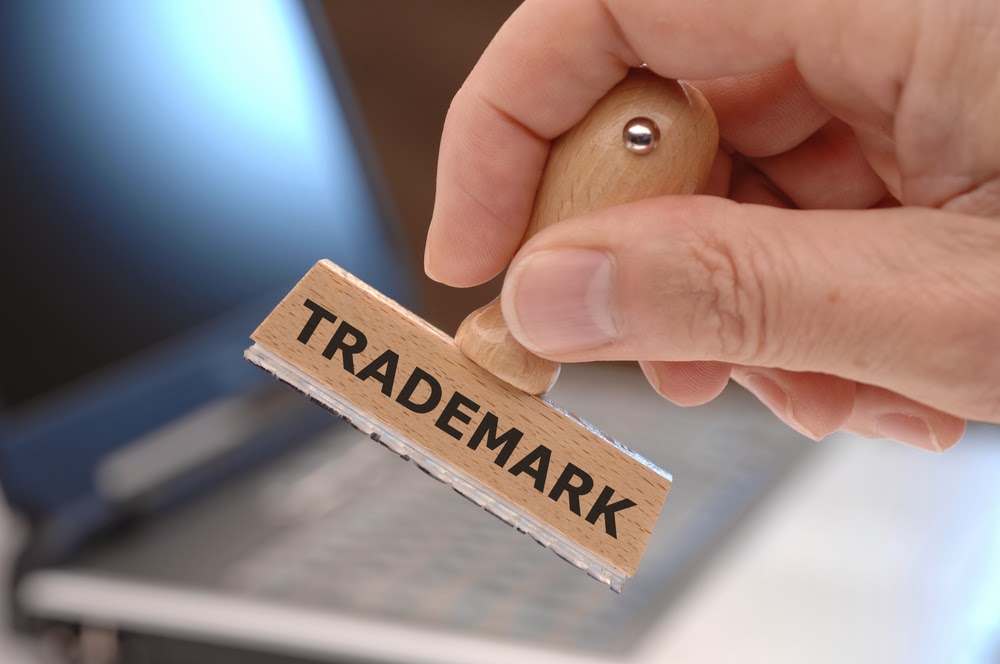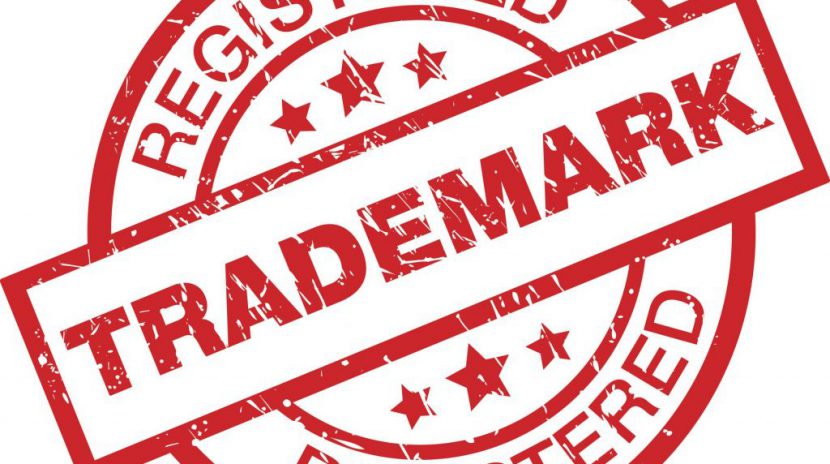Registration of trademark is a recognizable mark, design, or expression that identifies products or services from other specific sources, although the trademark used to identify the services is generally called a service mark. The trademark owner can be an individual, business organization or any legal entity. The trademark can be located on the package, label, voucher or product. Trademarks are also display on the company’s premises for corporate identification.
A trademark identifies the brand owner of a particular product or service. Trademarks may license to others; For example, Bullyland obtained a license to produce smurf figurines; The Lego Group purchased a license from Lugosfilm to allow the launch of Lego Star Wars; TT Toys Toys is a manufacturer of licensed ride-on replica cars for children. Unauthorize use of trademarks by the manufacture and trade of counterfeit consumer goods as brand piracy.
The trademark owner can take legal action against the trademark infringement. In most countries, formal trademark registration in Kerala is a prerequisite for such action. The United States, Canada, and other countries also recognize trademark rights under common law, which means that action can be taken to protect unregistered trademarks if they are used. Still common law trademarks give the holder less legal protection than commonly registered trademarks.
Validity for the trademark

Pursuant to Article 25, the period of trademark registration is 10 years and thereafter, it shall renew from time to time and the owner shall be notified by the Registrar after completion of registration of the trademark. The trademark registration shall not be removed from the register by the Registrar if applied in the prescribed form with fixed fee and surcharge within 6 months from the date of final expiration and such trademark shall be renewed for another 10 years.
The following is another error. Trademark provisions in India, i.e. Cons, Proclamation, Withdrawal of Acceptance in India:
Withdrawal of acceptance
This section 19 gives the Registrar the discretion to withdraw the acceptance of the application on the ground that i) the acceptance is erroneous ii) in circumstances where the trademark should not be registered in India.
Application Announcement (Section 20)
The next step in the trademark registration process is to announce the application after the application has been filed, to provide opportunities for people to object to the registration of the mark, after acceptance or acceptance with the condition or change.
Opposition to Registration (Section 21)

It is a subsidiary step towards the trademark registration process where anyone can lodge a protest against the registration application within three months from the date of advertisement.
A copy of the notice is being given to the applicant by the registrar, who within two months of receiving it, has to file counter-statements and record the basis on which he relies for the application for registration and if he fails to file a counter-statement. , His application will drop.
A copy of the counter-statement will give to the opposing party. The Registrar has the right to decide claims on the basis of statements and evidence generated.
Madrid protocol
There are advantages in the Madrid protocol. They are:
- The Madrid Protocol provides a cost-effective, easy, fast and accessible way to trademark protection in the international domain. In the absence of this, the applicant will have to file multiple trademark applications separately in each country.
- The Madrid Union has more than 100 members, including both states and intergovernmental organizations. Thus, it covers the territories of 116 countries. This represents more than 80% of the world’s flows and creates very attractive markets for Indian exports.
- It saves time and effort or it costs a lot of fees, translation into local languages, currency exchange etc.
- Such filing enhances the franchising opportunities of international partnerships outside of India and helps to better integrate the global supply chain.
Trademark agent in India
A trademark agent for trademark registration in Kerala is consider a qualified person, providing valuable deals and advice that provide all the legal aspects of filing a trademark application, antitrust cases, application for permission, and much more. To qualify as a trademark agent, it is important for the person to clear the preliminary examination that take once a year by the trademark registry. This is a trademark agent exam, which helps to go to the next stage of becoming a successful trademark agent.
Eligibility of Trademark Registration
A person is said to be eligible to apply for the examination under the Trademark Act of 1999 only after attaining the age of 21 years. Also, he must have a graduate degree or law degree from any recognized Indian university or other similar qualification. Trademark Registration in Kerala Agent India Exam Application needs to be made in TMA 1 form which is provided in Schedule II of Trademark Rules 2002.
This application must submit in triplet to the trademark registry with a fixed fee. Eligible candidates to appear for the exam will ask to take a written exam with Viva Voice. The written exam is to be for 150 marks and the Viva voice is for 50 marks. This exam is in preparation for working with trademark practices and laws separate from the Trademark Act and Rules.
The person who approves this exam will successfully become a trademark attorney and practice anywhere in the country. Trademark agents can assist clients in a variety of matters related to the trademark field, including the registration of company names, logos, personal names or logos for their products. Also, consumers have the right to deal with them in respect of cases involving products.
Benefits of Trademark Registration
To establish specificity in your application – the following factors are related by the examination officer-
A) The market share held by Mark;
B) How intensive, geographically widespread and long-term use of the sign is;
C) The amount invested by the undertaking to promote the mark;
D) The proportion of the respective class of persons, who, due to the mark, identify the goods as arising from a particular undertaking;
E) Statements from Chambers of Commerce and Industry or other trade and business associations

